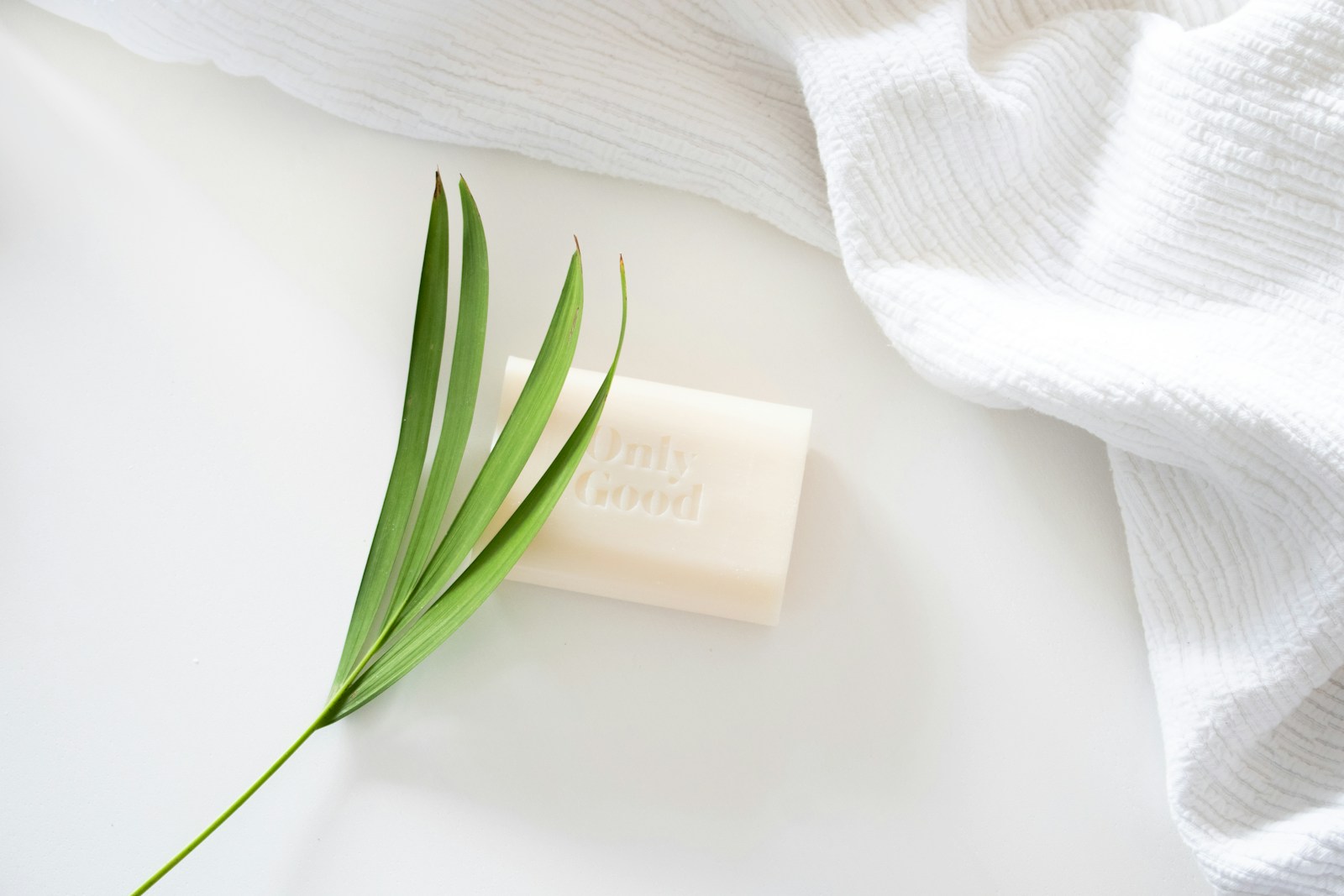Soap making is a creative and fulfilling hobby that allows you to express yourself while also creating practical and beautiful products. Whether you’re a seasoned crafter or a beginner looking to try something new, making soap can unlock your creativity and provide you with a fun and rewarding activity. In this article, we will provide you with tips and a guide to soap making, including how to make scented soap that will leave you feeling refreshed and rejuvenated.
One of the first things to consider when embarking on your soap making journey is the ingredients you will need. The basic components of soap include oils, lye, and water. When selecting oils for your soap, it’s important to choose a combination that will create a balanced and moisturizing bar. Popular choices for soap making oils include coconut oil, olive oil, and palm oil. Lye, also known as sodium hydroxide, is necessary for the saponification process that turns oils into soap. It’s essential to handle lye with care and follow safety precautions when working with it.
Once you have gathered your ingredients, the next step is to decide on the method of soap making you will use. There are several techniques to choose from, including cold process, hot process, and melt and pour. Each method has its own advantages and challenges, so it’s worth exploring different options to find the one that works best for you. Cold process soap making involves mixing oils and lye at a specific temperature and allowing the mixture to cure for several weeks. Hot process soap making speeds up the curing process by applying heat to the soap mixture. Melt and pour soap making is a beginner-friendly option that involves melting pre-made soap base and adding fragrance and color.
Adding fragrance to your soap is where the fun really begins. Scented soap can evoke memories, create a relaxing atmosphere, or simply make your skin smell amazing. There are countless fragrance oils available for soap making, ranging from floral and fruity to spicy and exotic. When choosing a fragrance oil for your soap, consider how it will complement the other ingredients and the overall theme of your soap. You can also experiment with essential oils for a more natural scent that offers additional aromatherapy benefits.
To make scented soap, simply add the fragrance oil or essential oil to your soap mixture during the blending process. It’s important to follow the recommended usage rates for each fragrance oil to ensure that your soap is safe and properly scented. You can also incorporate botanicals, herbs, or exfoliants into your soap for added texture and visual interest. Once your soap has cured and hardened, you can cut it into bars and wrap it in decorative packaging to give as gifts or keep for yourself.
In conclusion, soap making is a versatile and enjoyable craft that allows you to unleash your creativity and make personalized products that suit your preferences. By following the tips and guide to soap making outlined in this article, you can create scented soap that will elevate your bathing experience and leave you feeling pampered. Whether you’re interested in making soap for yourself, your friends, or as a small business venture, the possibilities are endless when it comes to soap making. So why not unlock your creativity and start making soap today?




